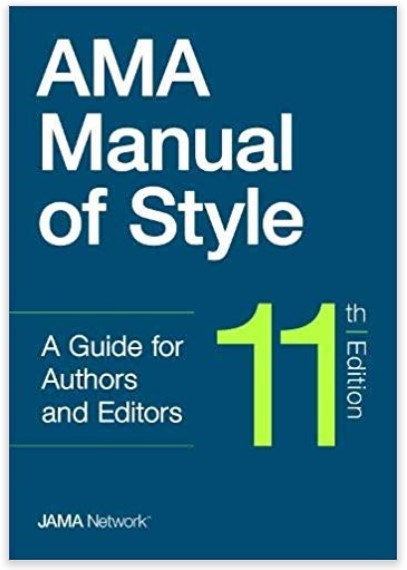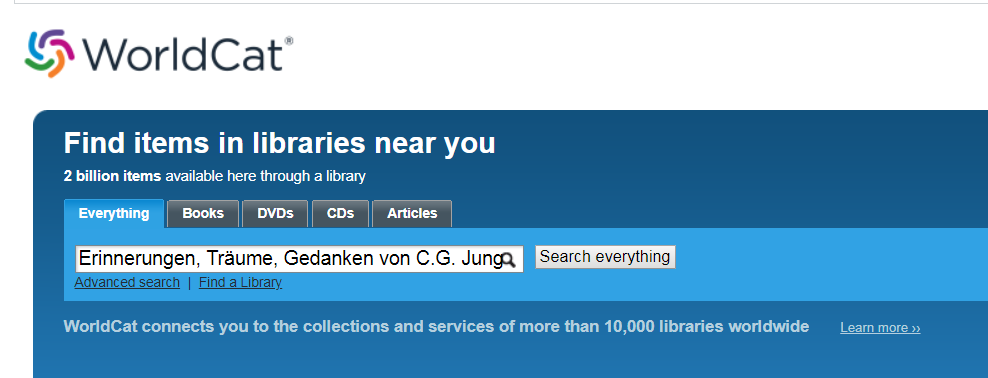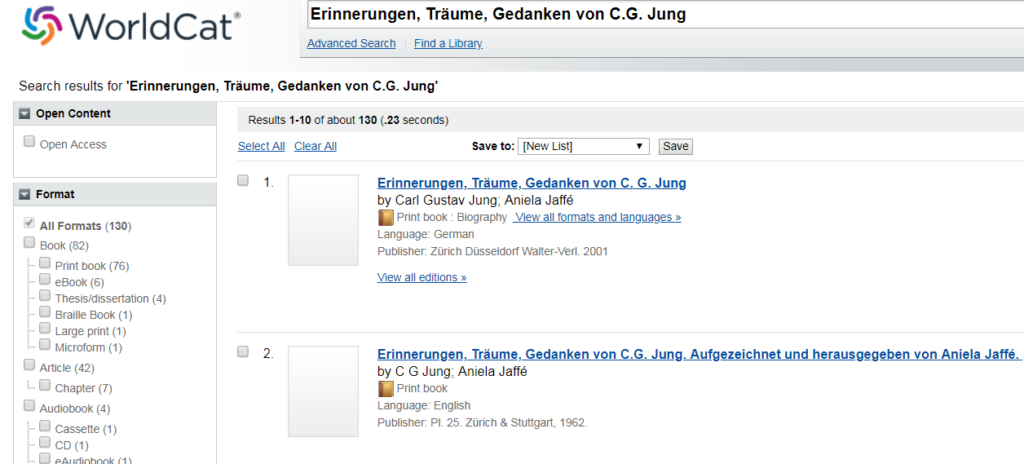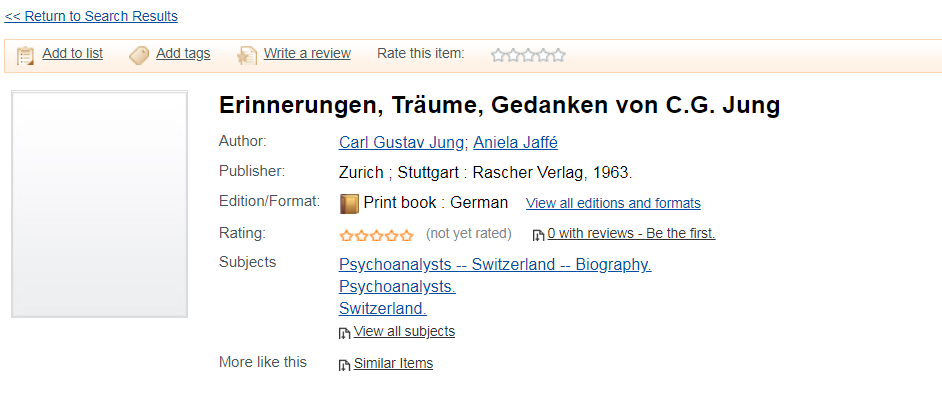When you’re in quarantine, you have to look for little things to spark joy in your life. I’ve found myself getting excited when I edit an article for which new AMA style guide updates come into play. Recently, while editing an article focusing on patients with end-stage kidney disease, I had the chance to refresh my knowledge on the new guidelines in the 11th edition of the AMA Manual of Style regarding nephrology nomenclature (14.18).
In accordance with the international efforts put forth by KDIGO (Kidney Disease: Improving Global Outcomes), which focus on making terminology more patient-friendly, precise, and universal, the 11th edition has updated the nomenclature used to describe kidney function and disease.
Updates on language choice include:
Kidney vs renal: Select the more patient-friendly term (ie, kidney). Also, avoid using both terms in parallel, as this could lead to confusion over different abbreviations for the same condition (eg, RRT [renal replacement therapy] and KRT [kidney replacement therapy]).
Kidney failure vs end-stage renal disease: Kidney failure is the preferred term except when referring to eligibility for medical care under US legislation or other regulations. Patients with kidney failure should be further described by the presence or absence of therapy by dialysis, transplant, or conservative care and by symptom severity.
Decreased glomerular filtration rate: Use this instead of decreased kidney function. Kidneys execute various functions, not just glomerular filtration, so precision in terminology is preferred.
The final recommendations and a complete glossary of related terms will be available in the near future and used to inform an update to this chapter in the manual online. –Suzanne Walker









